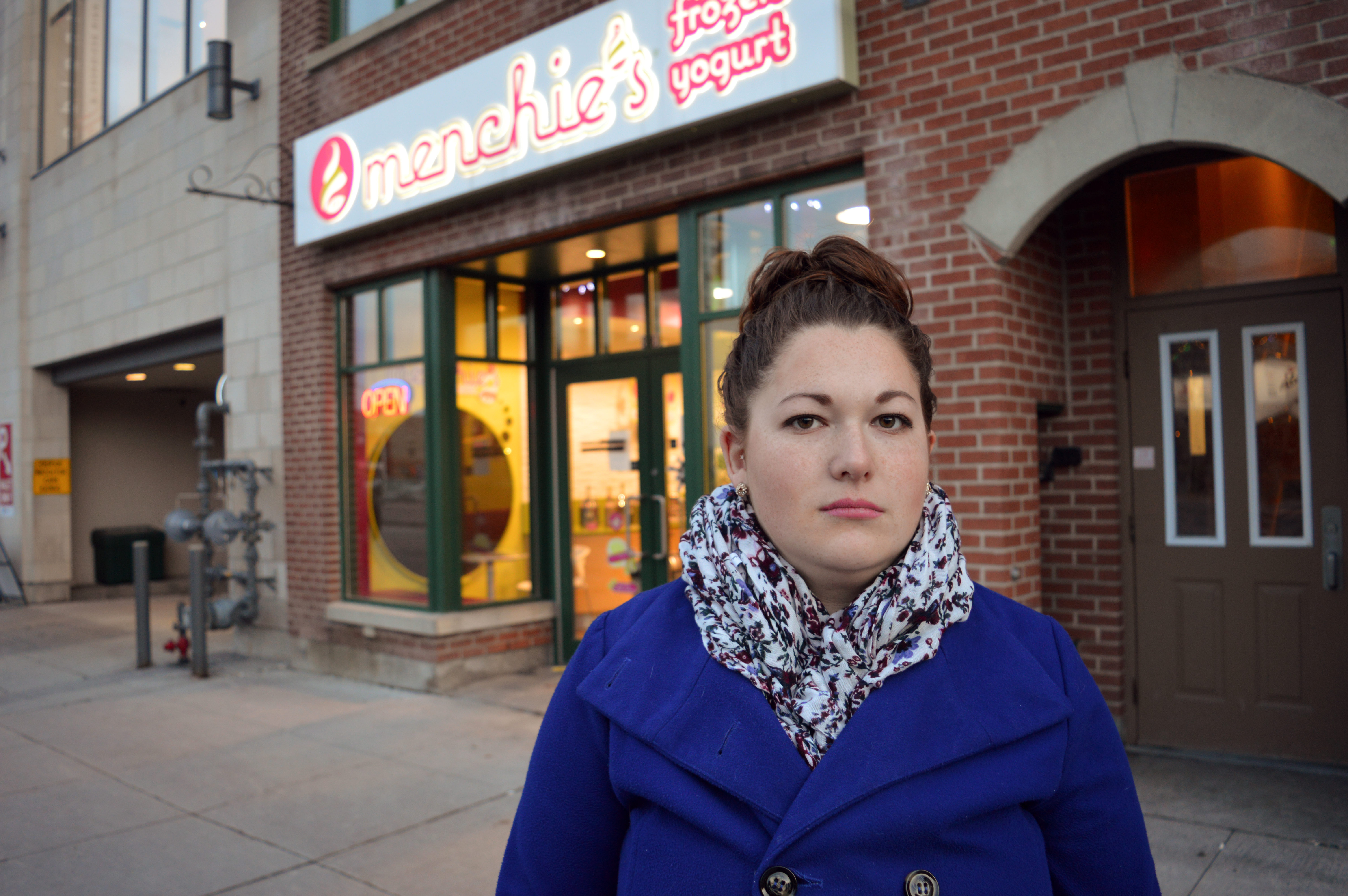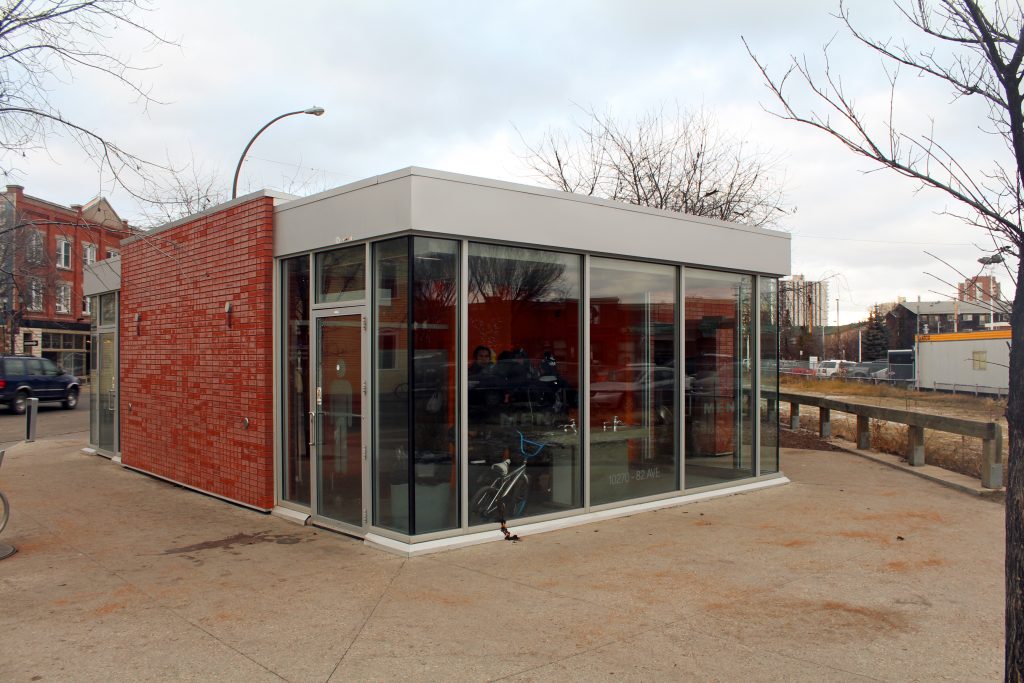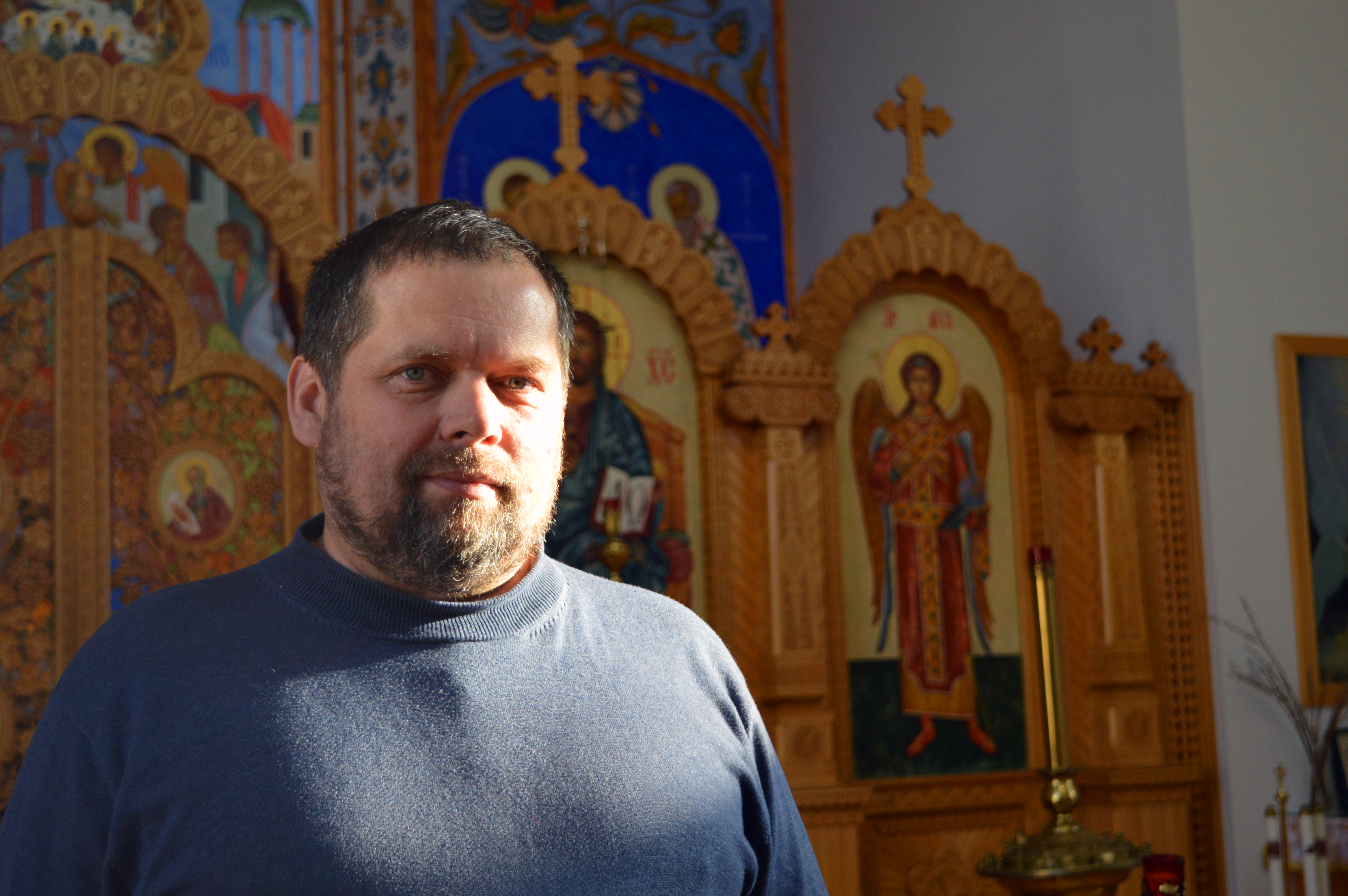
The lack of public washrooms in Ottawa’s ByWard Market may be putting the area’s workers at risk as they deal with violence and drug use in their stores’ washrooms.
The ByWard Market has one public washroom on 55 ByWard Market Square, but it is not owned by the City of Ottawa and it has limited access depending on retail hours.
As a result, Nicole Johnston, an employee at Menchie’s Frozen Yogurt in the ByWard Market, sees many people coming into the store only to use their washroom. She says not all of these people are using the washroom for its intended purpose.
“They don’t come in here because they want ice cream, they come in here because they want to smoke crack in our bathroom,” says Johnston.
Johnston says there have been cases of people smoking cigarettes and other drugs, drinking alcohol and using needles in the store’s washroom. She has had cleaned up crack pipes, discarded needles and blood out of their facilities.
“We have to be constantly wiping down the baby-change table because there’s drugs on it,” says Johnston.
Below, Johnston describes what happens when they tried to refuse access to a homeless woman who previously used drugs in their washroom. After months of incidents, Ottawa Police gave the woman a no-trespassing order.
Johnston often arrives hours early for her shifts because she doesn’t want to leave her coworkers alone in the store. She says a public washroom in the ByWard Market would make her feel safer at work because it would reduce the amount of incidents in their store’s washroom.
Currently, all the washrooms in the area are owned by the retail establishments, according to Katherine Solomon, the marketing director for the ByWard Market BIA. She says it is the retail owner’s choice to allow public access to their washroom.
Business Improvement Areas like the ByWard Market are not legally allowed to own property so they are unable to put in a public washroom.
“It’s a challenge, but hopefully things will change over time,” says Solomon.
In 2015 the City of Ottawa made public washroom data available to the public and developed a washroom-location app this year. However, there has been no mention by Council within the past year about building more public washrooms.
The map below shows the locations of these washrooms per ward from analysis of the public washroom and ward data via City of Ottawa Open Data. Click the arrow on the left-hand side to view the legend.
Other major cities are starting to make the push for more public washrooms. Edmonton councillor, Scott McKeen addressed the issue in a committee meeting on Oct. 17. He says public washrooms would help Edmonton’s “vulnerable population” who are “often forced to endure the indignity of relieving themselves outside.”
In 2012 the City of Edmonton placed a public washroom on Whyte Avenue, a high traffic shopping district, which featured glass walls to increase the safety of its users. McKeen says in the meeting he is hoping to place washrooms like this in other areas of Edmonton.

As for Johnston, she has not approached the City of Ottawa about building a public washroom in the ByWard Market. She says it’s unlikely for washrooms to be put in the area because they would need constant monitoring and have the same issues their store’s washrooms have.
“It isn’t fair to us, but it’s what we have to deal with,” says Johnston.





